Potted Cottage Gardens: Growing A Cottage Garden In Planters
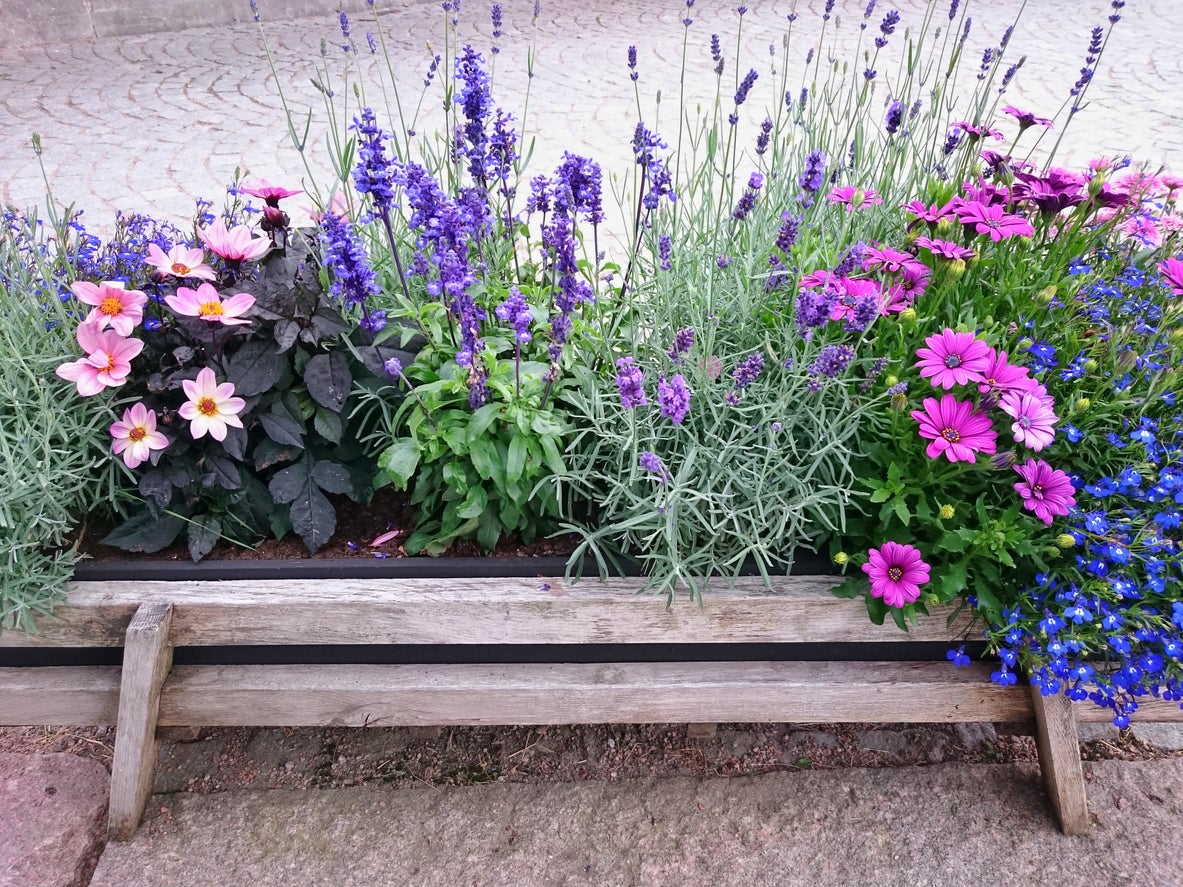

The gardens of the wealthy in old England were formal and manicured. In contrast, “cottage” gardens were delightfully haphazard, mixing veggies, herbs and hardy perennials. Today, many gardeners want to bring the charm of the cottage garden into their own yards.
A true cottage garden requires a bit of backyard, but even those without one can achieve the appealing look with a cottage garden in containers on a patio, front porch or balcony. Read on for information about container-grown cottage gardens and tips on how to grow a cottage garden in planters.
Potted Cottage Gardens
If you love the natural look of a cottage garden but just don’t have the time or space, you can start growing a cottage garden in planters. A cottage garden in containers allows you to capture the essence of this look without a lot of fuss or expense.
Potted cottage gardens work well in small patios or decks since you can shift the containers in and out of the sun as they become ready for the limelight. For the best luck in growing cottage gardens in planters, use a variety of pots that offer a succession of changing displays from spring through fall.
The key to creating this type of continuous display is to select one cottage garden plant to play the central role in each container. Then, fill in around the iconic plant with smaller filler plants. Packing the containers full of flowers and foliage goes a long way toward creating effective potted cottage gardens. You need the tight mix of color and texture mix to get that cottage garden look.
Plants for Container Grown Cottage Gardens
So what to plant to create a container-grown cottage garden? Cottage garden plants for pots should include climbers, sprawlers and mounders to get the charm of the unruly look. Here are just some examples, but you can choose nearly anything that fits with various edibles, herbs and flowers:
- For climbers, consider easy-to-grow morning glories or fragrant sweet peas, both classic elements of a cottage garden.
- Sprawling varieties of verbena or petunia work well in potted cottage gardens to create the windblown look. Herbs with trailing stems, such as thyme and oregano, look very cottage-like spilling over the container sides too.
- Add great foliage plants like coleus as mounders to cram the container with texture and color. You can also use veggies, like leafy lettuces or kale, for this purpose.
Gardening tips, videos, info and more delivered right to your inbox!
Sign up for the Gardening Know How newsletter today and receive a free copy of our e-book "How to Grow Delicious Tomatoes".

Teo Spengler is a master gardener and a docent at the San Francisco Botanical Garden, where she hosts public tours. She has studied horticulture and written about nature, trees, plants, and gardening for more than two decades. Her extended family includes some 30 houseplants and hundreds of outdoor plants, including 250 trees, which are her main passion. Spengler currently splits her life between San Francisco and the French Basque Country, though she was raised in Alaska, giving her experience of gardening in a range of climates.
-
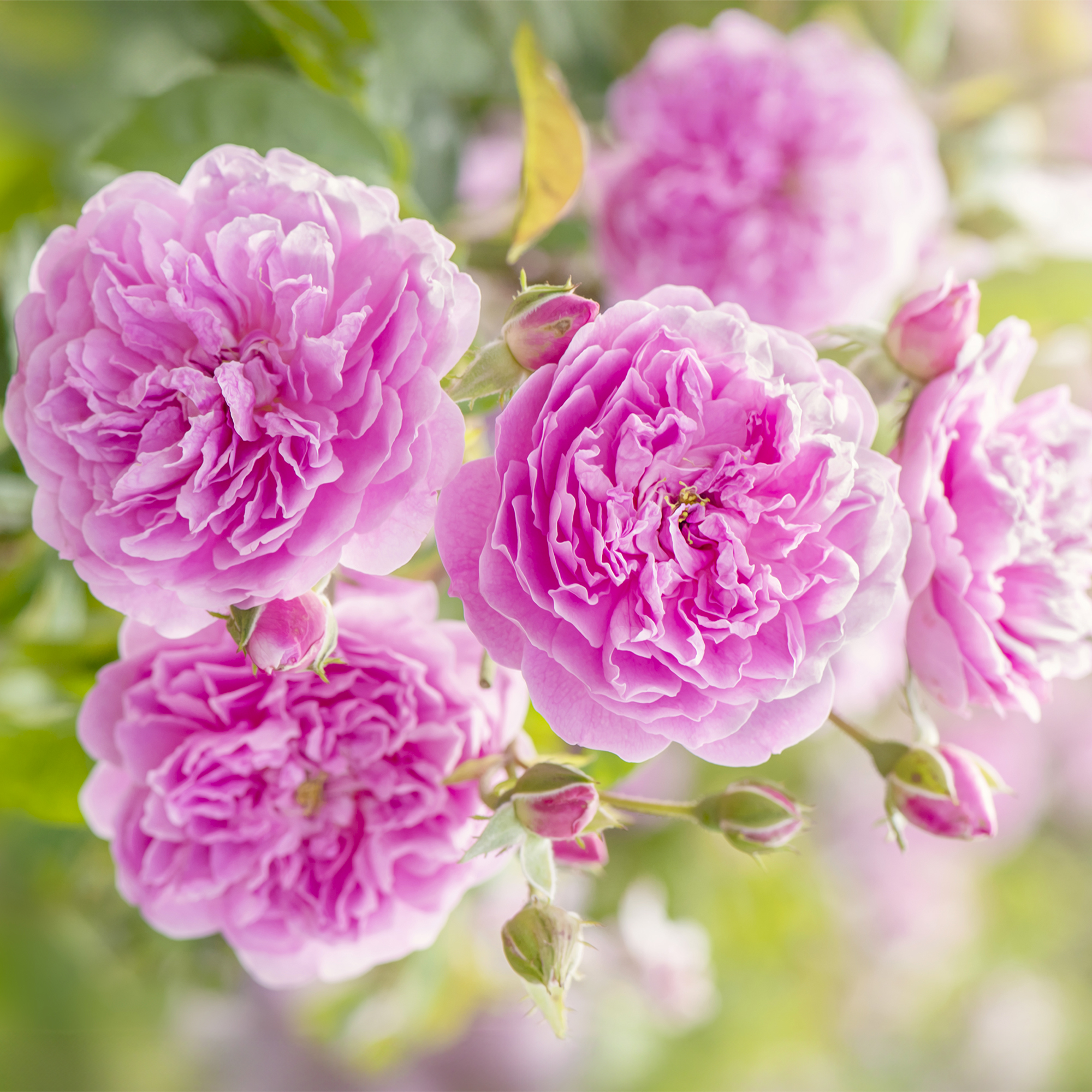 How Much Sun Do Roses Need To Grow? Understanding Rose Light Requirements
How Much Sun Do Roses Need To Grow? Understanding Rose Light RequirementsDiscover how much sunlight your roses really need to grow strong, bloom beautifully, and stay healthy all season long.
-
 Which Ivy Is Best For A Garden? 7 Varieties Of Ivy To Grow (And 2 To Avoid)
Which Ivy Is Best For A Garden? 7 Varieties Of Ivy To Grow (And 2 To Avoid)Lots of varieties of ivy can complement your garden, provide groundcover, or create a private oasis, but which is best? Explore our top picks for beautiful ivy.
-
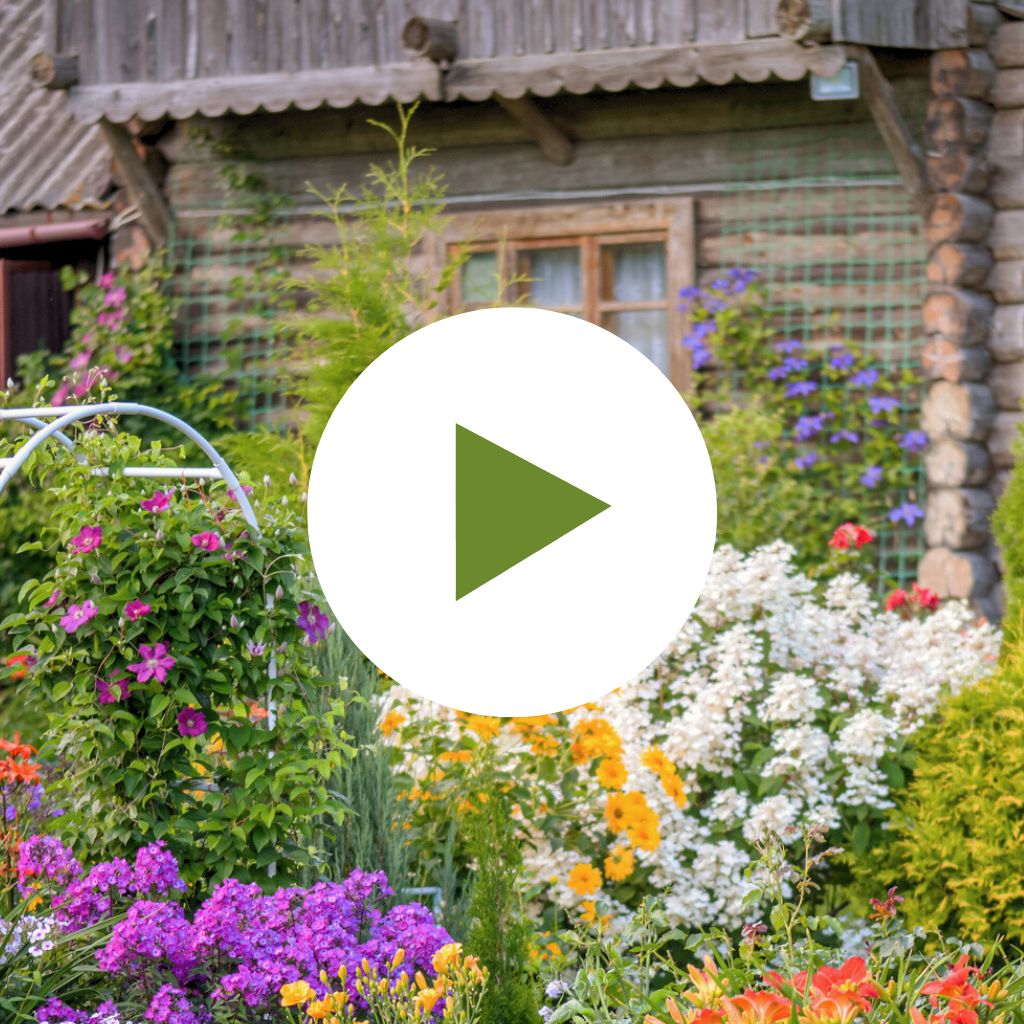 Best Cottage Garden Plants To Add Romantic Charm To Your Landscape
Best Cottage Garden Plants To Add Romantic Charm To Your LandscapeThere is just something appealing about an English cottage style garden. Read on for design tips and our favorite cottage garden plants.
-
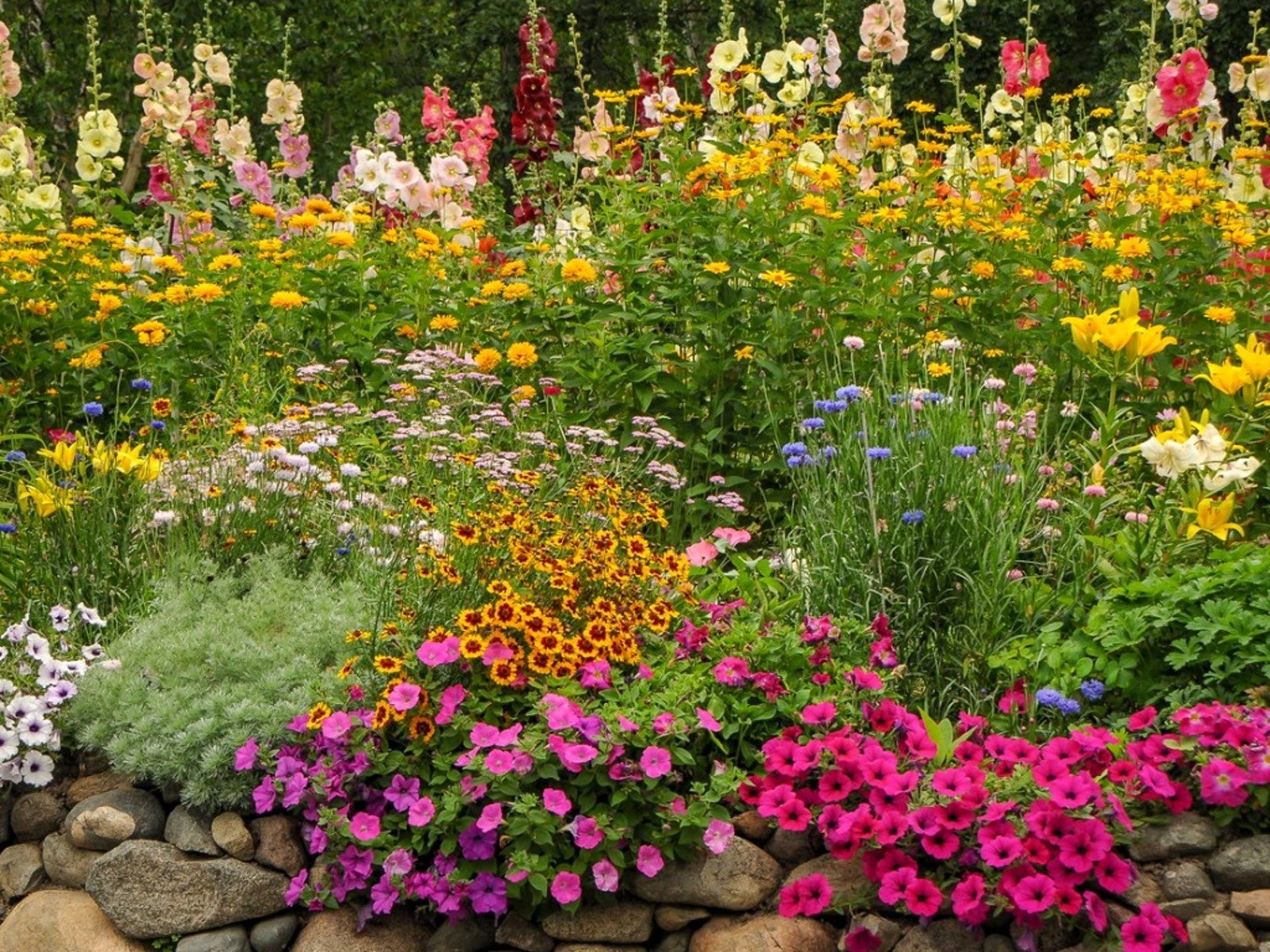 10 Classic Cottage Garden Plants
10 Classic Cottage Garden PlantsThose who wish to create a cottage garden of their own are limited only by their imagination. Here are our top ten cottage garden plants.
-
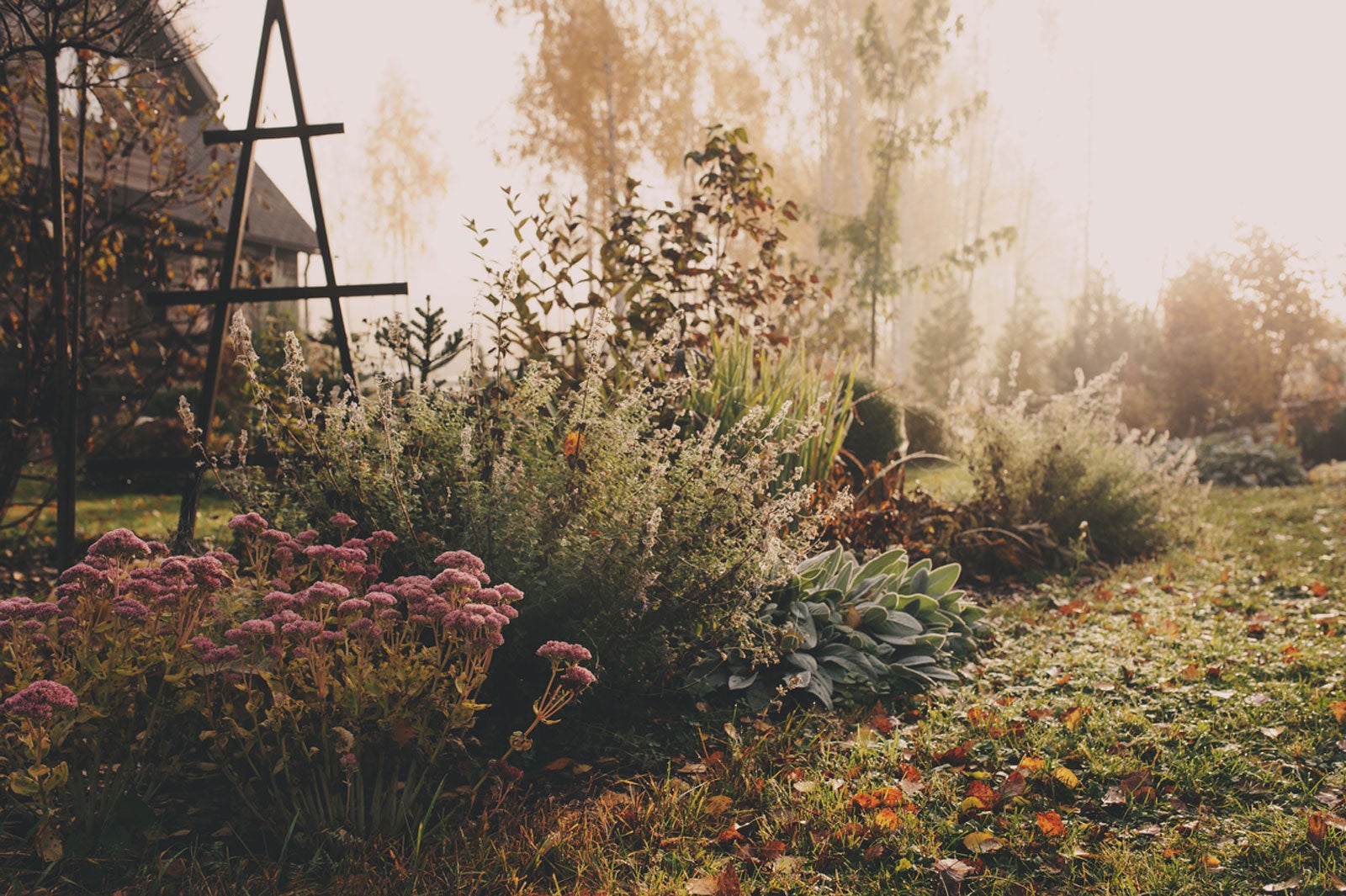 Winter Cottage Gardens: How To Keep A Cottage Garden In Winter Appealing
Winter Cottage Gardens: How To Keep A Cottage Garden In Winter AppealingThe cottage garden is a classic, charming English landscape feature. However, in winter your cottage garden can be left looking rather dull and bland. It takes some planning to have an interesting cottage garden for winter. Learn more in this article.
-
 Cottage Garden Xeriscaping: Learn About Cottage Gardening In The South
Cottage Garden Xeriscaping: Learn About Cottage Gardening In The SouthAchieving a xeriscape cottage garden may not be as difficult as you think. Many heat tolerant cottage garden plants require little to no additional irrigation – the hallmark of xeriscaping. Learn more about these plants in this article.
-
 Learn To Plant A Basic English Cottage Garden
Learn To Plant A Basic English Cottage GardenCharming English cottage gardens can include a wide variety of flowers and vegetables. Enjoy bringing an old-fashioned vibe to your garden.